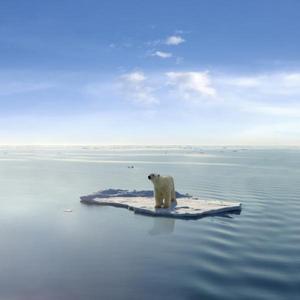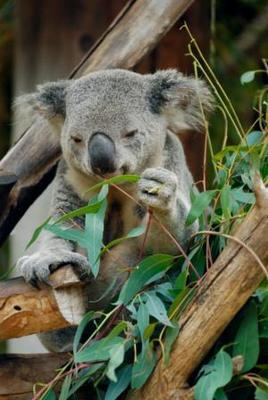Research done by the U.S. Department of the Interior to determine if global warming threatens the polar bear population is so flawed that it cannot be used to justify listing the polar bear as an endangered species, according to a study being published later this year in
Interfaces, a journal of the Institute for Operations Research and the Management Sciences.

|
| ©iStockphoto/Jan Will
|
| Research done by the U.S. Department of the Interior to determine if global warming threatens the polar bear population is so flawed that it cannot be used to justify listing the polar bear as an endangered species, according to a new study.
|
On April 30, U.S. District Judge Claudia Wilken ordered the Interior Department to decide by May 15 whether polar bears should be listed under the provisions of the Endangered Species Act.
Professor J. Scott Armstrong of the Wharton School says, "To list a species that is currently in good health as an endangered species requires valid forecasts that its population would decline to levels that threaten its viability. In fact, the polar bear populations have been increasing rapidly in recent decades due to hunting restrictions. Assuming these restrictions remain, the most appropriate forecast is to assume that the upward trend would continue for a few years, then level off.

